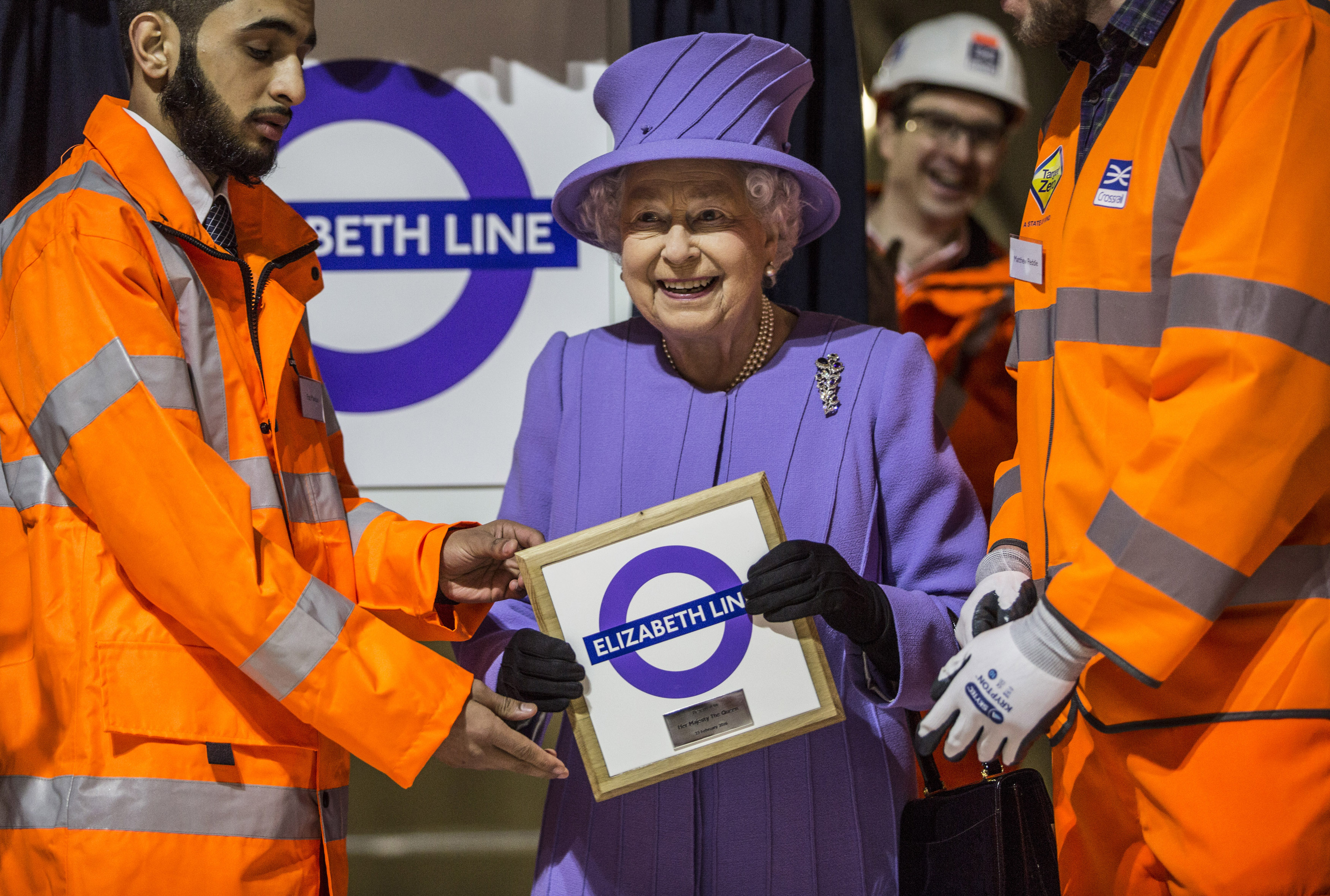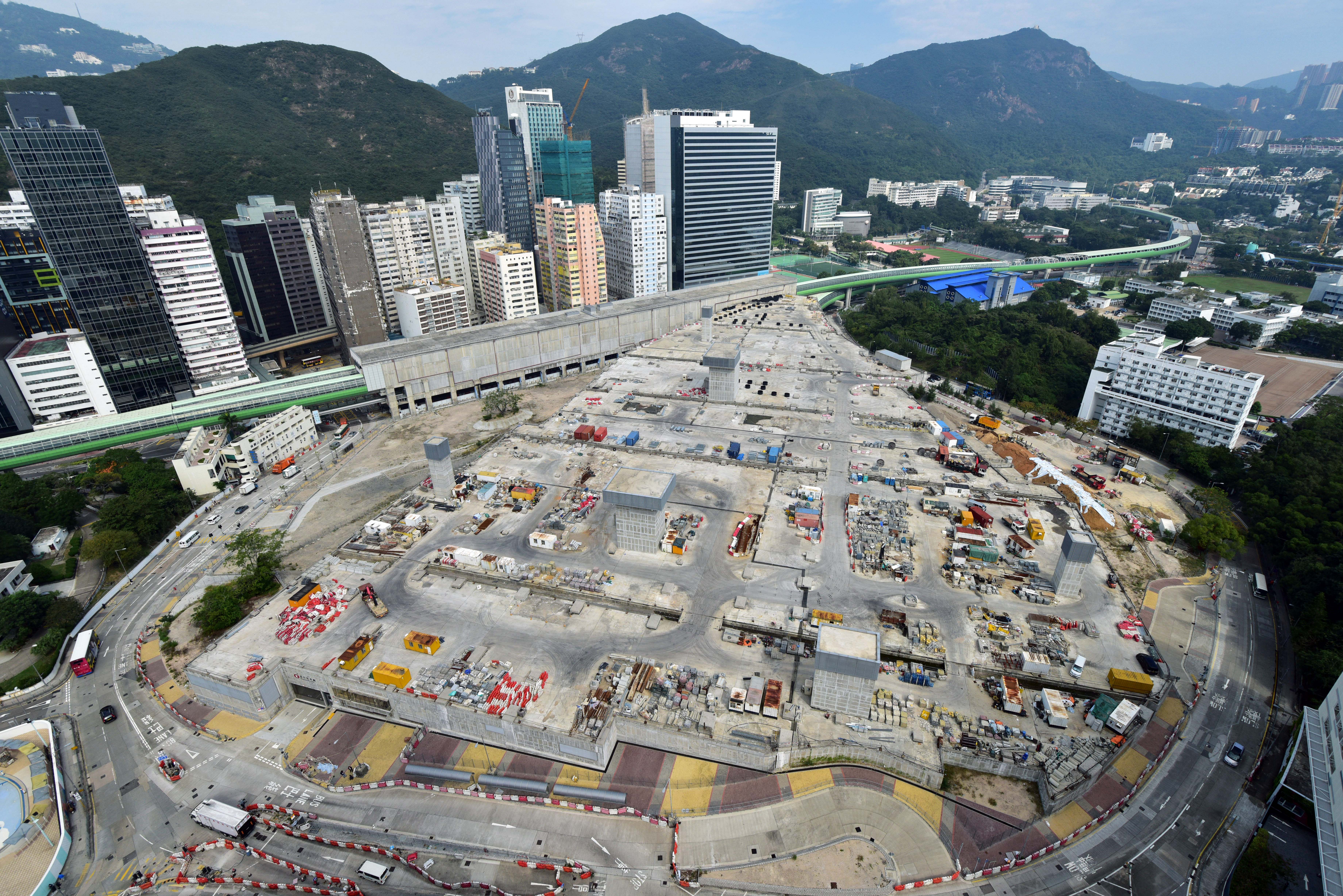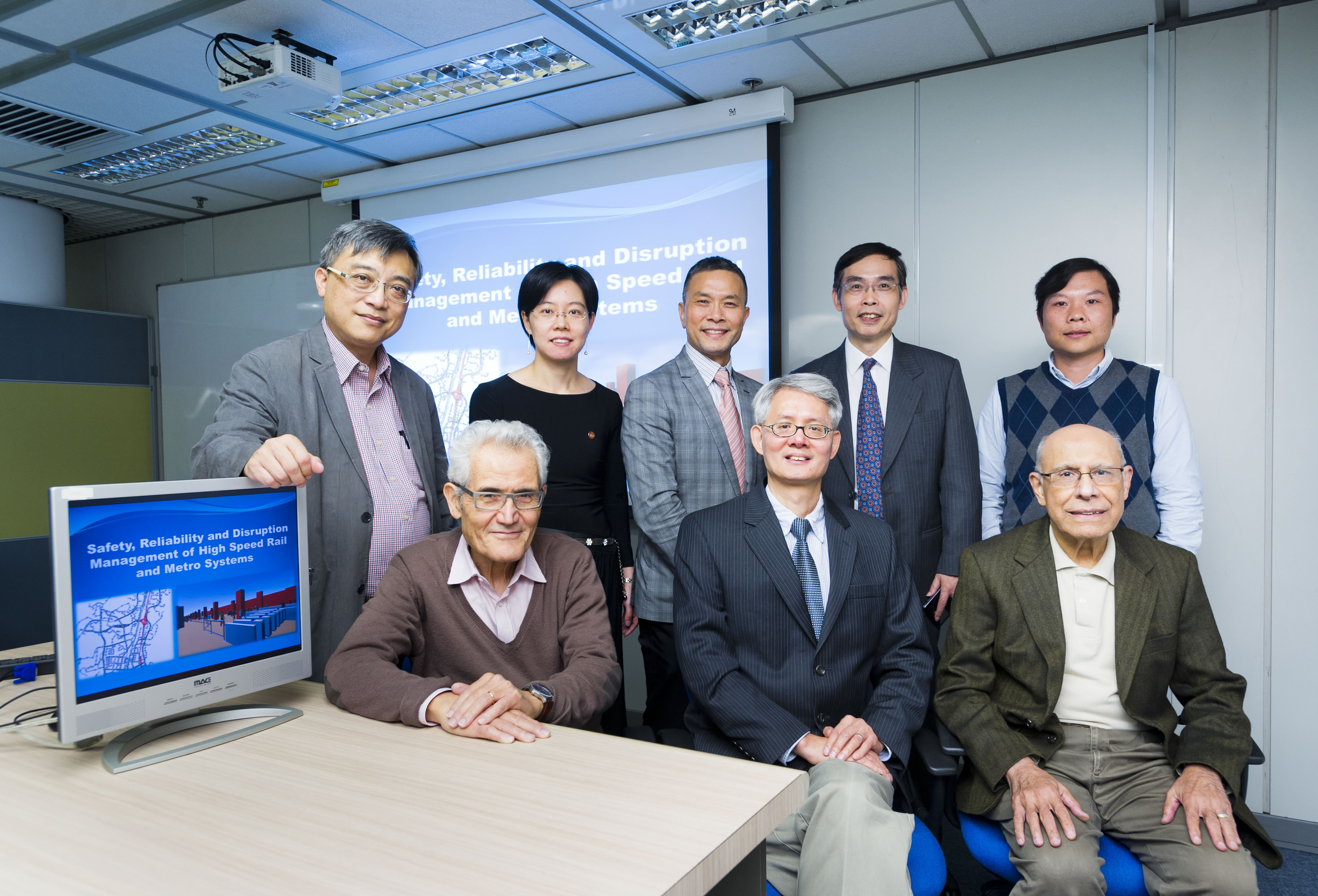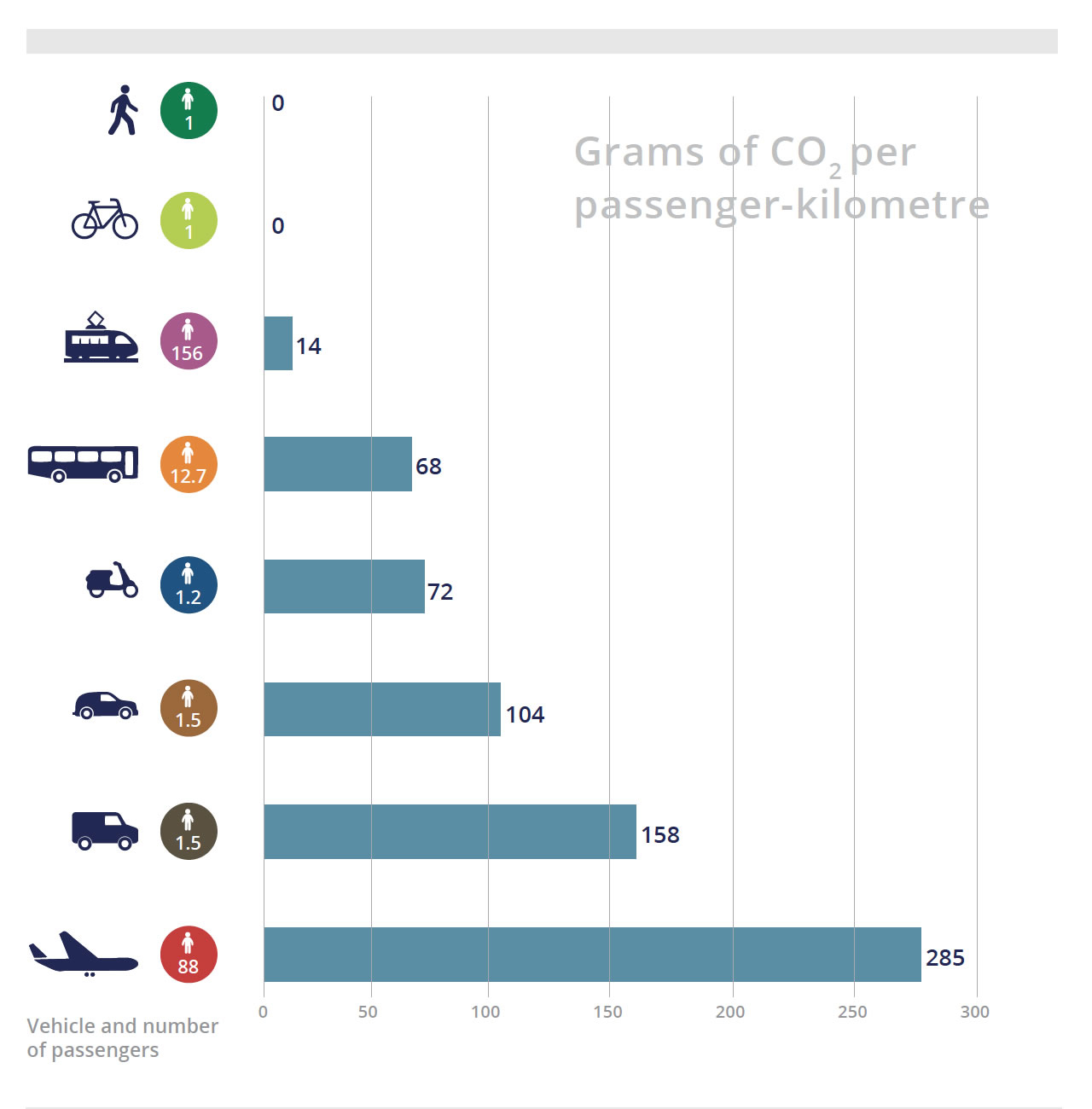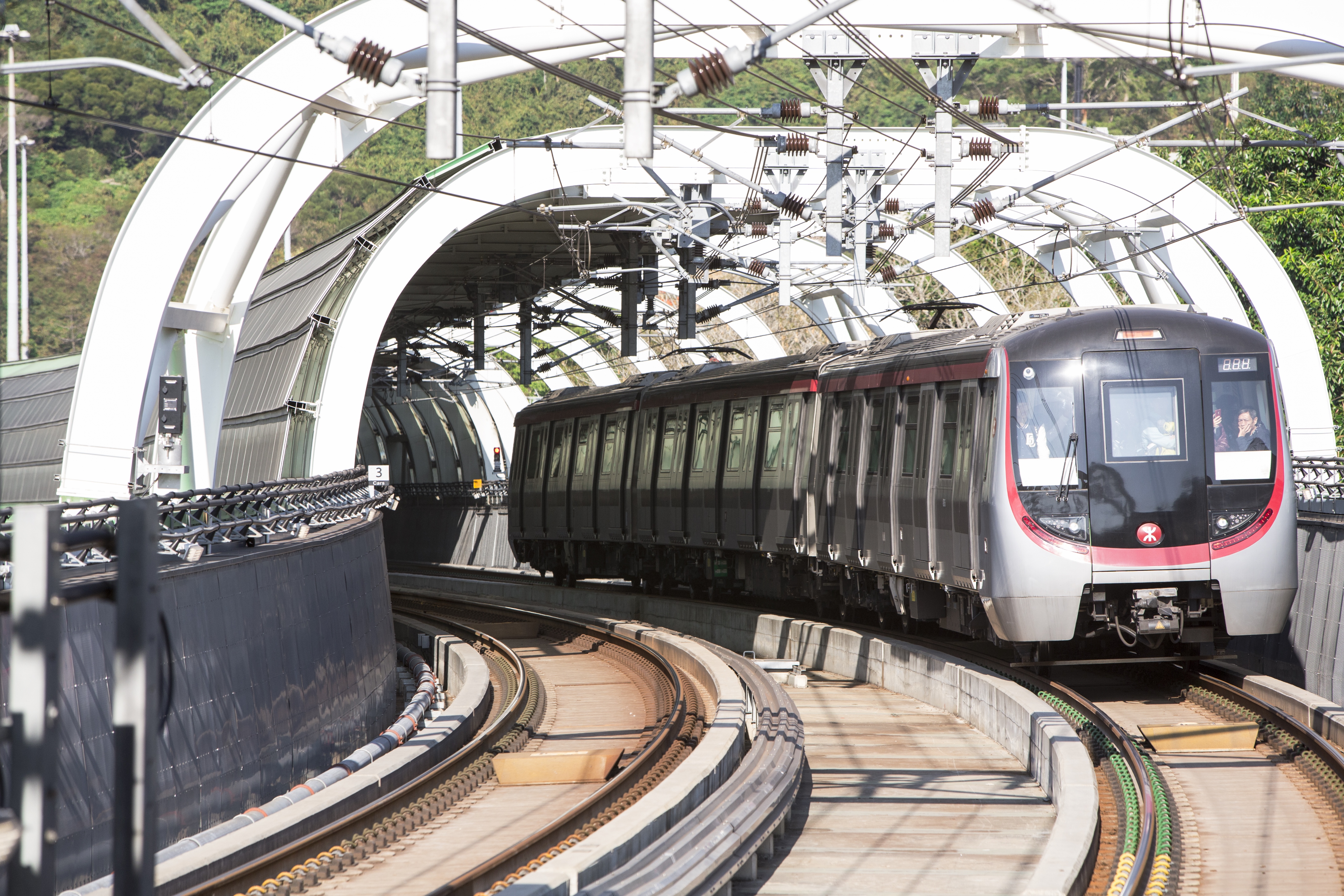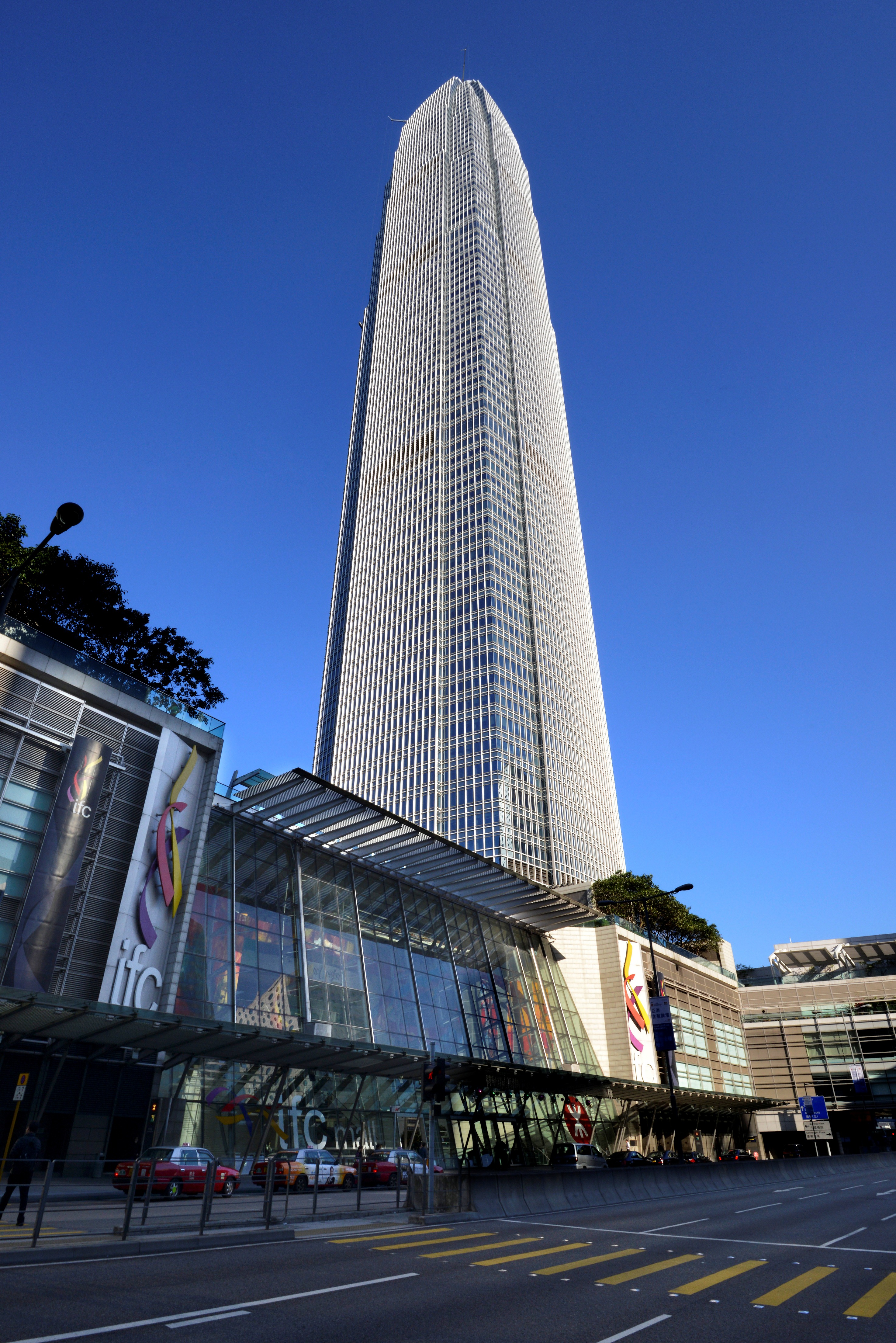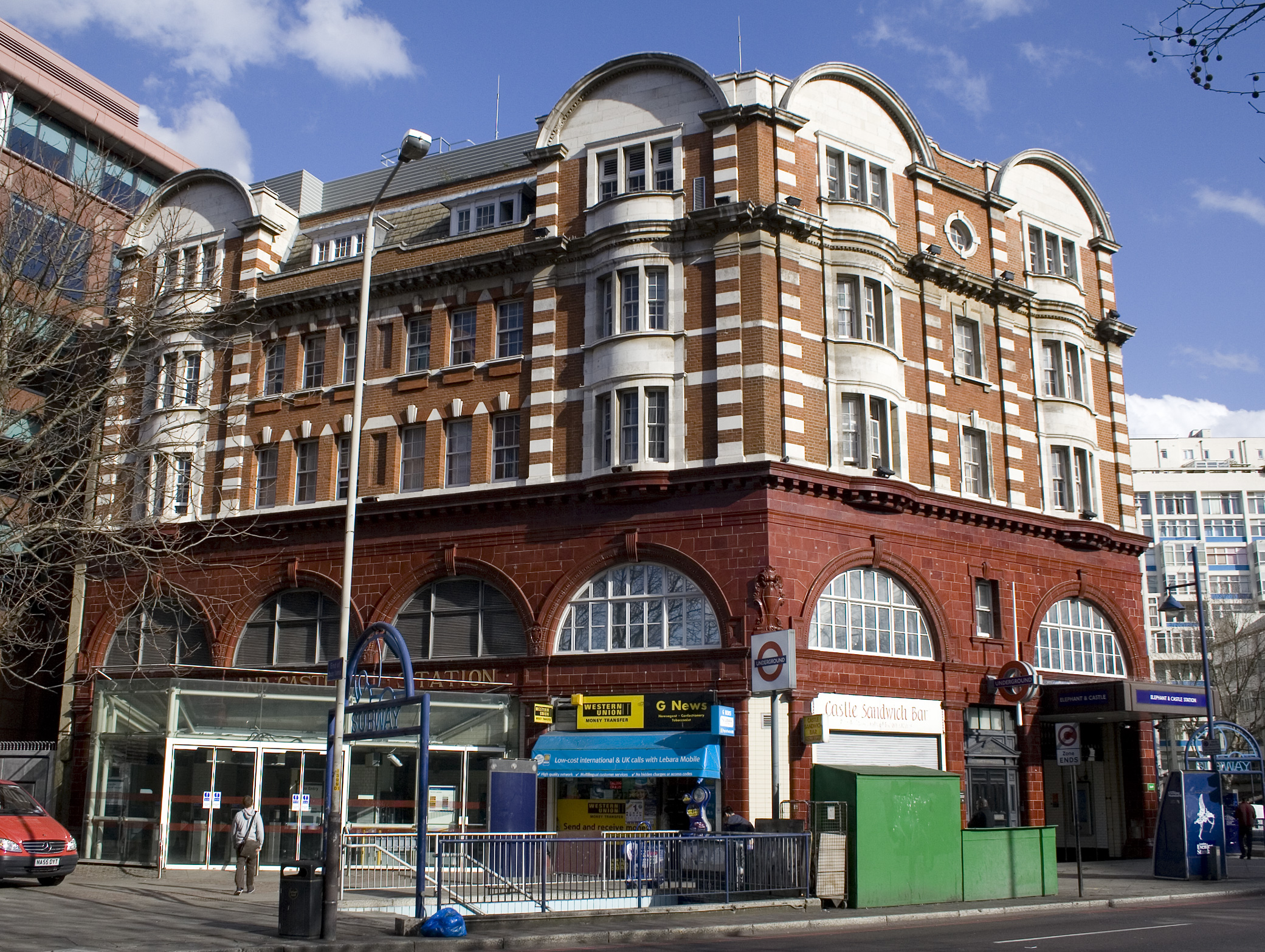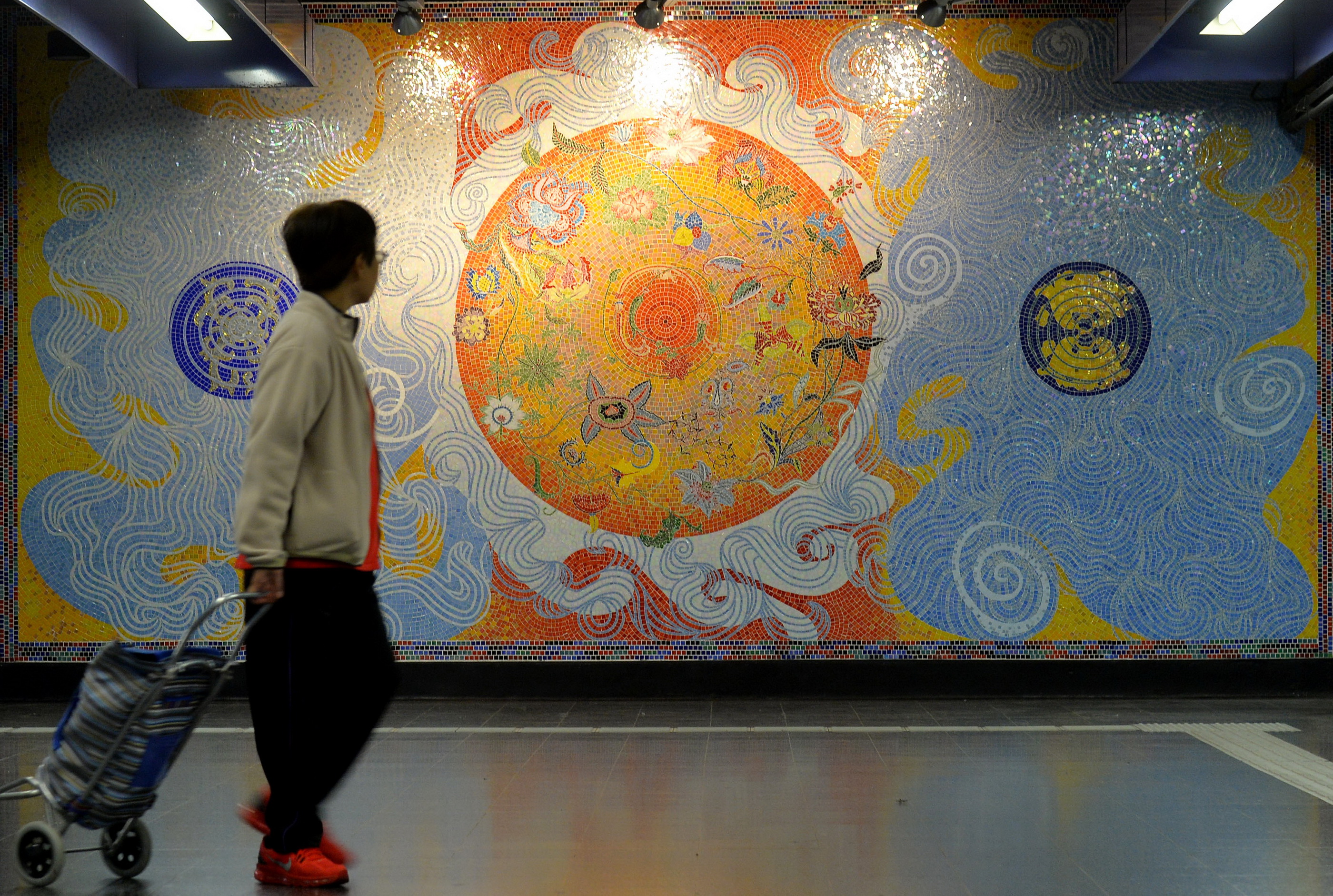Dr Jacob Kam is Managing Director - Operations and Mainland Business, MTR Corporation, and is responsible for the company's transport operations in Hong Kong and its Rail and Property businesses in Mainland China. Dr Kam also oversees railway operations standards and mutual learning of best practice across MTR railway operations globally. Here he discusses how MTR's Rail plus Property(R+P) model is promoting sustainable urban growth, MTR's success in expanding and operating rail franchises using Public-Private-Partnership models, and how a customer-centric vision is taking the Mass out of Transit Railway.
Dr Jacob Kam
Photo courtesy of MTR Corporation Limited
With the opening of the new South Island Line, the Mass Transit Railway extends to all of Hong Kong's districts. But, like its pioneering stored value Octopus card, it is still spreading its tentacles. The MTR Corporation is going global. Over the past twenty years, MTR has exported its gold standard of efficiency around the world, along the way maintaining an on-time performance rate of 99.9%. The service excellence that passengers enjoy in Hong Kong now extends to London and the South West of England in the United Kingdom; Stockholm in Sweden; Beijing, Hangzhou and Shenzhen in Mainland China; and Melbourne and Sydney in Australia.
Even the new Elizabeth Line, the "Jewel in the Crown" of London's network, connecting Heathrow Airport to 40 stations across London, is to be operated by the MTR, and fully open from 2019. Altogether, MTR carries over 12 million passenger trips - with almost half of them in Hong Kong - every weekday. And despite relatively low fares, it does not require Hong Kong government subsidies. How is this achieved? According to MTR's Dr Jacob Kam, Public-Private-Partnership is central to the railway success story in achieving sustainable urban development.
Her Majesty the Queen visits the under-construction Elizabeth Line station at Bond Street
© REUTERS/Richard Pohle/Pool
Rail plus Property
"As cities develop, transport is a key factor and railway is the most efficient solution in terms of land use," says Dr Kam.
"Space use is critical in the city, and the Rail plus Property model demonstrates that we can develop compact areas in a way that doesn't feel crowded for people."
Under R+P, the Hong Kong Government provides MTR with land development rights at stations or depots along the route. To convert these development rights to land, MTR pays the government a land premium based on the land's market value without the railway.
MTR then builds the new rail line and partners with private developers to complete new residential and commercial properties. By capturing part of the value of the land and property around railway lines, MTR generates funds for new projects as well as for operations and maintenance.
"Both connectivity and land values are improved, creating sustainable urban living and growth generation," says Kam.
R+P enables transport corporations to finance construction and improve ridership. By integrating railway expansion with property development, publictransit systems can be made financially self-reliant while promoting sustainable urban growth.
External benefits from rail projects
Benefits captured for the whole community:
- Time savings to travellers
- Reduced transport accidents
- Additional revenues to government from higher development intensity
- Reduced roadside pollutant emissions
- Overall stimulus to economic development
Win-win strategy
R+P is a win-win strategy, for commuters, for investors, and for the community at large. The benefits go well beyond rail transport. As Kam says,
"R+P encourages railways to carefully protect the surrounding land and environment, and to increase land value, through better land-use integration and noise mitigation."
"This maximizes the external economic benefits for the railways, and adds benefits to people's living standards and the environment."
R+P has become much more than a source of railway financing. Planners and government agencies seek to make every new railway line or extension into a corridor where well-planned, high-quality communities can flourish.
The route to new cities
R+P has been key to Hong Kong's dramatic urban development over the past 40 years. The first major MTR development was built over a railway depot in Kowloon Bay back in the late 1970s. This is the Telford Gardens complex - with a large shopping centre and nearly five thousand apartments.
The 1990s-built Lantau Airport Express corridor is marked by clusters of residential and commercial high rise at each of its stations. In Central the line starts with the gravity-defying International Finance Centre, and ends at the airport, supporting an entire new town at nearby Tung Chung, with target population of 300,000 people.
More recently, the new South Island Line is transforming the traditional commercial and warehouse district of Wong Chuk Hang into the go-to area for startups. The line offers an alternative to the crowded Aberdeen Tunnel, and boasts an unrivalled travel time of just 8 minutes to Admiralty.
Hong Kong Island South regeneration
Photo courtesy of MTR Corporation Limited
Hong Kong Island South regeneration
The new MTR South Island Line opened in 2016, and is acting as a catalyst to transform the old industrial and residential Southern District. It is creating a district focal point providing convenience and vitality to the community while promoting tourism in the area. The MTR master plan for the former Wong Chuk Hang public housing estate accommodates a station, a rail depot, a shopping mall and around 4,700 residential units. The development will help to attract offices and hotels which will bring professional service companies and banks into the area.
The theme-based research project team
Safety, Reliability, and Disruption Management of High Speed Rail and Metro Systems [T32-101/15-R]
Safety, Reliability, and Disruption Management of High Speed Rail and Metro Systems [T32-101/15-R]
The theme-based research project, supported by the Research Grants Council for HK$40.85 million starting from 2016, aims to extend Hong Kong's competitive advantage by establishing it as a centre of expertise in safety, reliability, and efficient management of complex transportation network systems. The Project Coordinator is Professor Kwok-leung Tsui, Chair Professor of Industrial Engineering at the Department of Systems Engineering and Engineering Management of City University of Hong Kong.
Three colleagues from the Department of Management Sciences of the College of Business are involved as CoPrincipal Investigators: Professor Nozer D. Singpurwalla, Chair Professor; Dr Biying Shou, Associate Professor; and Dr Yimin Yu, Assistant Professor. Dr Jacob Kam, Managing Director of MTR - Operations and Mainland Business, is an advisory board member of the project.
Advantage rail
The efficiency of railways in cities, and their low carbon footprint is not in doubt
"Rail has higher capacity than cars, higher energy efficiency per person, low carbon emissions and is friendly to the environment," says Kam.
Trains also encourage efficient land use. Compared with buses, underground railway uses only 5% of the land to produce the same carrying capacity.
Carbon dioxide emissions from passenger transport
A wide range of transport options exists, but choosing the one with lowest emissions is not always straightforward. One way to measure environmental impact is to look at the CO2 emissions per passenger-kilometre travelled.
Grams of Co2 per passenger-kilometre1
©European Environment Agency
Note: CO2 emissions are calculated using an estimate of the amount of CO2 per passenger-kilometre. Different modes of transport are considered, with an average number of passengers per mode used for the estimates. As the number of passengers in a vehicle increases, the total CO2 emissions of that vehicle increase, but the emissions per passenger are fewer. The inland ship emission factor is estimated to be 245g CO2/km, but data availability is still not comparable with that of other modes.
The total life cycle
The new South Island Line in Hong Kong
Photo courtesy of MTR Corporation Limited
One drawback of rail is the high initial investment. "MTR's railway return on asset is only around 1.5% in recent years. And that's not sufficient to attract investors," Kam admits.
So, some form of public-private partnership is the effective solution.
The financing challenge is compounded by the need for ongoing capital expenditure.
As Kam cautions, "A lot of governments do not recognize on-going investment needs."
These include replacement of trains, signalling, communications, computer systems, etc. and all this take a toll on the bottom line.
"The key message in going global is that railway is not just about initial investment. We need to take a total life cycle view. If we consider a 50-year timespan, that adds up to a lot of capital expenditure, but the external economic benefits to the city are still much larger. Through PPPs we try to explain the true cost of investing and running a railway."
So how to get new projects off the ground?
"There are two alternatives. Either reduce the initial or on-going investment, in which case government builds the initial infrastructure; or divert some external economic benefits back into subsidizing the railway, such as Rail + Property."
| |
Public Participation |
Private Participation |
| PPP |
Build the line, Supervise performance |
Install electrical and mechanical, Operation and
Management (O&M), On-going investment |
| Initial Cash Subsidy |
Provide cash, Supervise performance |
Build the line, O&M, On-going investment |
| Concession |
Build whole line, Supervise performance |
Rent the line, O&M, On-going investment |
| Rail + Property |
Give land rights, Supervise performance |
Build the line, O&M, On-going investment |
MTR Investment Models
The MTR is using all these models in its various projects around the world. The PPP model is most common in China with the Beijing lines, the Hangzhou lines, and the Shenzhen line - the latter on a Buildoperate-transfer (BOT) model - as well as in Australia on the Sydney North West Rail Link. The Initial Cash Subsidy model is behind the Hong Kong Disneyland Resort Line, and the recently completed West Island Line (an extension of the existing Island Line to the Western District), whilst the Concession Model is used in the Hong Kong East Rail Line, West Rail Line, Ma On Shan Rail, and Light Rail network. Most of Hong Kong's other railway lines are on the R+P model. All these models can be considered as forms of PPP.
Rail plus Property early 21st century, Hong Kong style - The International Finance Centre, above the Airport Express in Central
Photo courtesy of MTR Corporation Limited
London Underground
© Prioryman/CC-BY-SA-4.0
The Rail plus Property has been around for more than a century. In 1898, American financier Charles Tyson Yerkes formed the Underground Electric Railways Company of London, building railways which were to become parts of the modern Piccadilly, Bakerloo and Northern lines on the London Underground. The station buildings had a steel frame construction with flat roofs and were designed to accommodate upward extension for commercial development. Though modest compared to 21st century development, stations such as Elephant and Castle on London's Bakerloo line are the precursor of today's Rail plus Property model.
Rail Gen 2.0
With rapid global urbanization forecast, accessibility in tomorrow's compact city will be a priority. Road congestion will make travel by car less efficient. Hong Kong is already one of the least car-dependent big cities in the world. 90% of passenger trips are made by public transport of which rides on the railway account for nearly 50%. And by 2030, 26% of the Hong Kong's population will be over 65.
MTR is planning to strategically meet this demographic shift. Seniors will need extra care.
Features such as easy wayfinding, high accessibility, public toilets in stations, and more assistance will be provided. But all generations will benefit - including the vast majority who are smartphone-dependent.
"Delivery of more individualized information will become the norm. Mobile convergence will allow for personalized real time information on demand," says Kam.
"Customer-centric operations are wrapped in a package called Rail Gen 2.0," says Kam.
"This includes asset upgrades to stations layout, equipment, new trains, and better apps. We have recently launched smartphone apps to improve customer experience, with in-station navigation help using a beacon technology. You will even know which car to go to, which door to use."
"Ideally, the moment a customer enters a station we should know about their needs. But because of data privacy concerns in Hong Kong we are treading very carefully."
At the moment, the customer recognition system is limited to MTR Club members who opt to join the system.
"Personalized Octopus card holders join the MTR Club and may be willing for us to track their travel and spending pattern so that we can offer discounts appropriate to their needs. Hopefully gradually, with the acceptance of our customers, we can do more." The new smart mobility total solution will individualize the customer experience, and help remove the Mass from the Transit railway.
The corporate citizen
Underlying the MTR approach is a recognition of the role as a corporate citizen. Through Community Connect, MTR supports a variety of community initiatives that reflect commitment to the wider communities.
The Art in MTR initiative aims to enhance MTR journeys, and offer inspiration in customers' life journeys. In a very real way MTR is not only building the city, it is an integral part of the sustainable city. And that means making it more liveable.
Mosaic art in the Hong Kong MTR
Photo courtesy of Information Service Department, HKSAR Government
High speed connect
The fruits of MTR's approach are already visible in the standard of service being rolled out on new lines, in Hong Kong and around the world.
MTR has recently signed an MoU with China Railway Corporation, the largest enterprise in China with two million staff. The two companies are bidding for the West Coast Partnership in the UK, a corridor which will include the country's second high-speed rail line, HS2, running from London to Birmingham from 2026. They continue to look for further cooperation opportunities elsewhere globally.
The synergies are compelling. CRC has considerable expertise in high speed rail. MTR is a standardbearer for Hong Kong's excellence in operations management. As China begins to connect the world with high speed rail, together the two industry leaders look set to enter a period of dynamic global expansion.
- ^Estimates are based on the TRACCS database, 2013, and the TERM 027 indicator.

